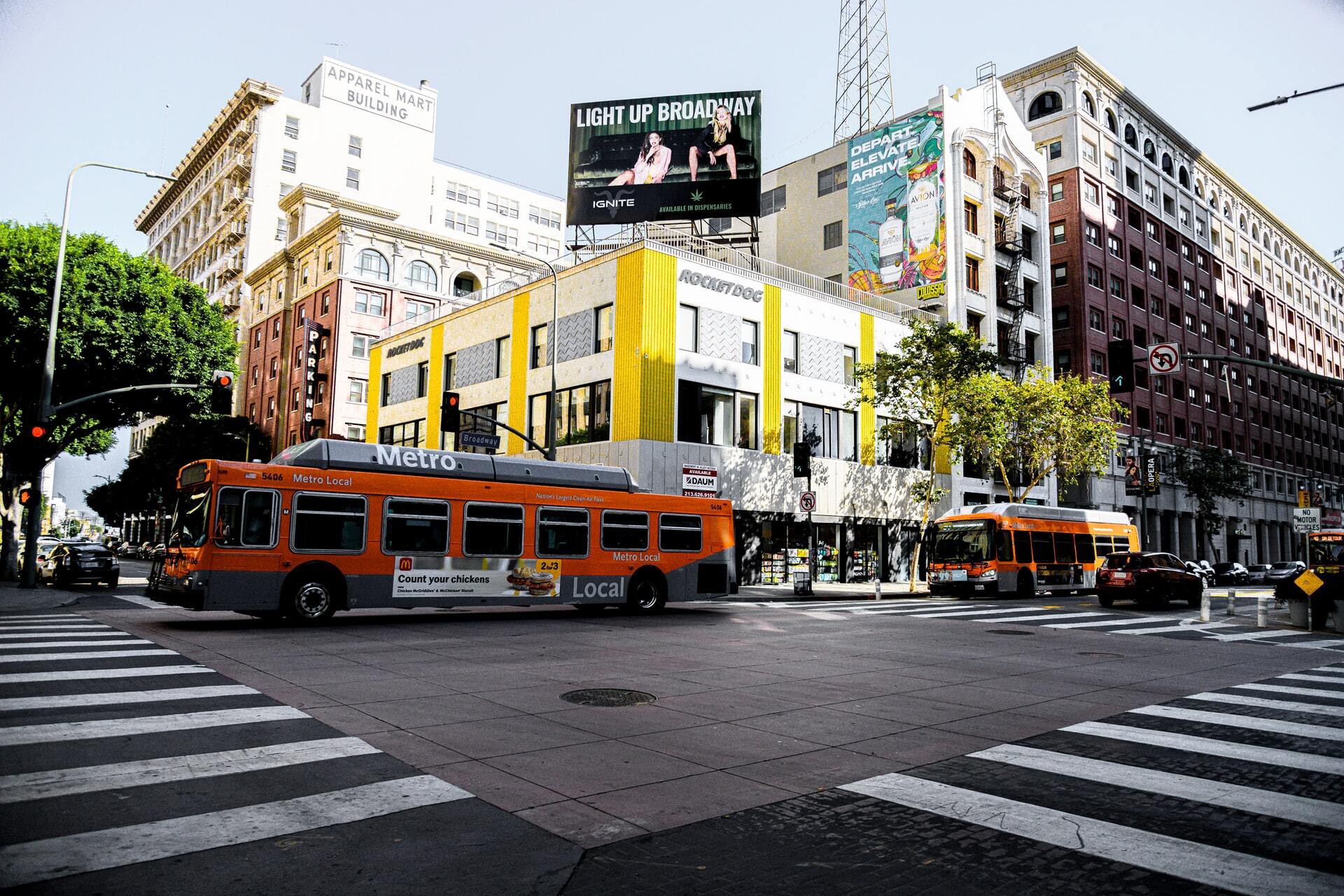News | Researcher Cyrus Shahabi Implements Deep Learning Techniques to Provide Unprecedented Traffic Flow Predictions
Stop the VideoNews

Researcher Cyrus Shahabi Implements Deep Learning Techniques to Provide Unprecedented Traffic Flow Predictions
Thursday, October 1, 2020
by Meghan Orr
Traffic congestion is a hallmark of life in Los Angeles. The city that popularized drive-in culture and developed rapidly during the rise of the automobile was the first to become a sprawled metropolis. Unlike older cities, Los Angeles developed around the automobile, and the automobile today remains the dominant mode of transportation. As population and employment growth continues, so does traffic. Beyond the impact of lost time due to congestion, being stuck in traffic regularly has been associated with many negative psychological and physical health effects such as increased aggression and elevated engine exhaust exposure. The environmental cost of traffic is also significant, with increased idling time contributing to higher levels of carbon emissions in the atmosphere. Given all of these costs, the need for better transportation is clear.
Public transit options have long been promoted as a cost-effective alternative to personal transportation, lessening the overall rates of traffic flow in densely populated urban areas. However, insufficiently developed systems with long wait times and inconsistent predictability hampers widespread use in many cities. To better understand the traffic-related factors that affect public transit performance, Cyrus Shahabi, Professor of Computer Science at USC, Yao-Yi Chiang, Associate Professor of Spatial Sciences, Min Mun, Postdoctoral Research Associate at the Integrated Media Systems Center (IMSC), and Luan Tran, Doctoral Candidate in Computer Science, spearheaded a PSR-funded project, “Deep-Learning Traffic Flow Prediction for Forecasting Performance Measurement of Public Transportation Systems.” Their work uses Deep Learning techniques to model traffic flow and create a fuller picture of traffic performance in Los Angeles.
Deep Learning relies on the use of complex, multi-layered computations to predict patterns or behaviors. Essentially, the deep learning system is fed vast amounts of information that it synthesizes and interprets, making it possible to more accurately and smoothly recognize significant patterns. The results are used to make predictions that are reliable and meaningful. For this project, Shahabi and his associates developed a novel “neural network” to predict traffic flow by incorporating both location and time of day. The neural network was fed data from the Archived Traffic Data Management System (ADMS), an in-house data system that was developed at USC’s Integrated Media Systems Center through a partnership between LA Metro and METRANS. This data system, which adds about 15 gigabytes (compressed) of data each year, is the largest traffic sensor data warehouse built so far in Southern California. ADMS receives traffic sensor data from multiple transportation agencies across Southern California (i.e. Caltrans, LADOT, California Highway Patrol, and LA Metro) and reports on incidents such as accidents and road hazards. The resulting model was used as a new framework to predict bus arrivals within various traffic situations.
Multi-layered models such as these draw upon massive amounts of data input to simulate a variety of scenarios and interactions that allow researchers and developers to learn far more about traffic patterns than has ever been possible. This level of pattern prediction is creating invaluable tools that can be used to directly inform and help develop smarter public transit infrastructure. Already, Shahabi and his team were able to use the data gathered from these neural networks to develop web apps that predict bus arrival times for transit users. Predictions using their newly proposed framework show a 27% increase in accuracy compared to existing bus travel time estimation models.
The implications for future projects and uses for these neural networks are significant and could change the face of transportation research for decades to come.

News Archive
- December (1)
- November (6)
- October (4)
- September (2)
- August (3)
- July (4)
- June (3)
- May (7)
- April (8)
- March (11)
- February (8)
- January (7)
- December (7)
- November (8)
- October (11)
- September (11)
- August (4)
- July (10)
- June (9)
- May (2)
- April (12)
- March (8)
- February (7)
- January (11)
- December (11)
- November (5)
- October (16)
- September (7)
- August (5)
- July (13)
- June (5)
- May (5)
- April (7)
- March (5)
- February (3)
- January (4)
- December (4)
- November (5)
- October (5)
- September (4)
- August (4)
- July (6)
- June (8)
- May (4)
- April (6)
- March (6)
- February (7)
- January (7)
- December (8)
- November (8)
- October (8)
- September (15)
- August (5)
- July (6)
- June (7)
- May (5)
- April (8)
- March (7)
- February (10)
- January (12)















